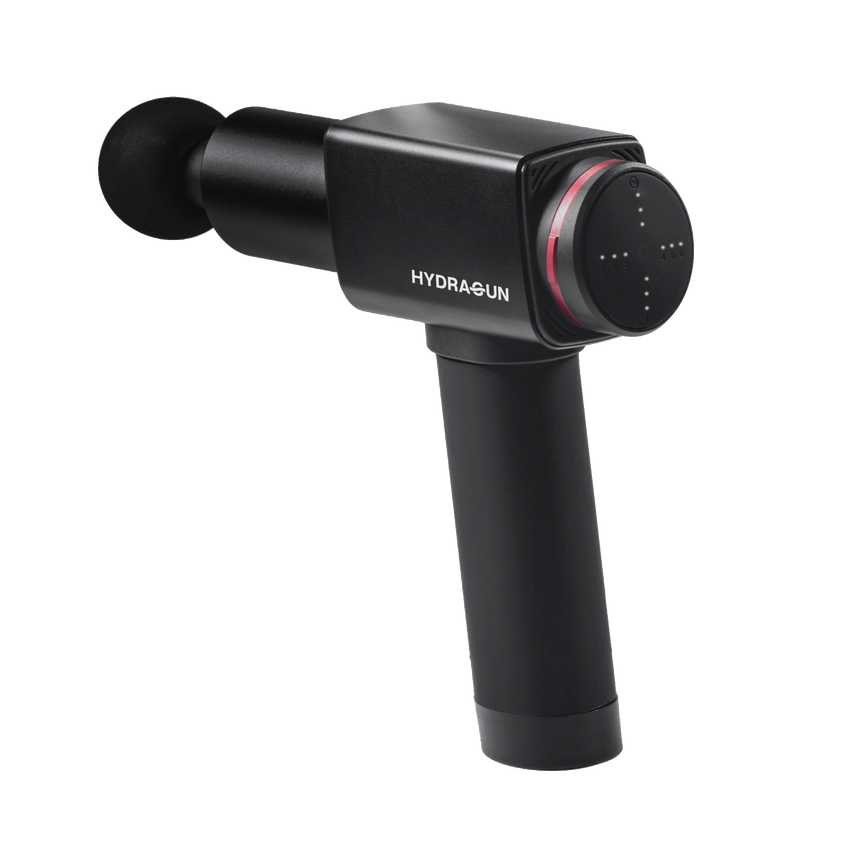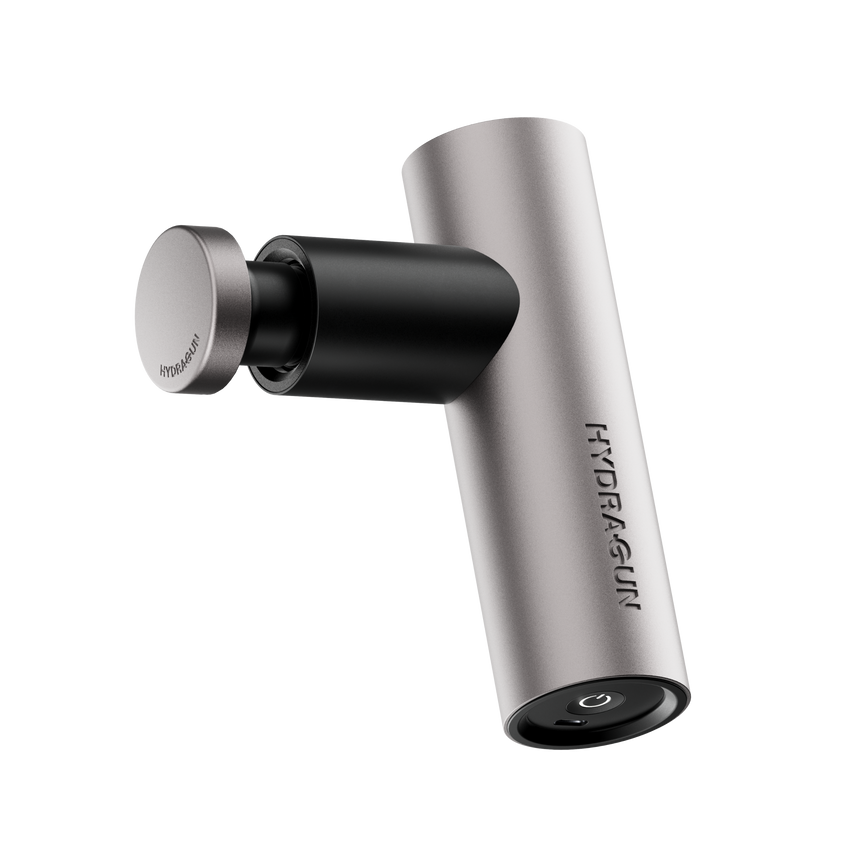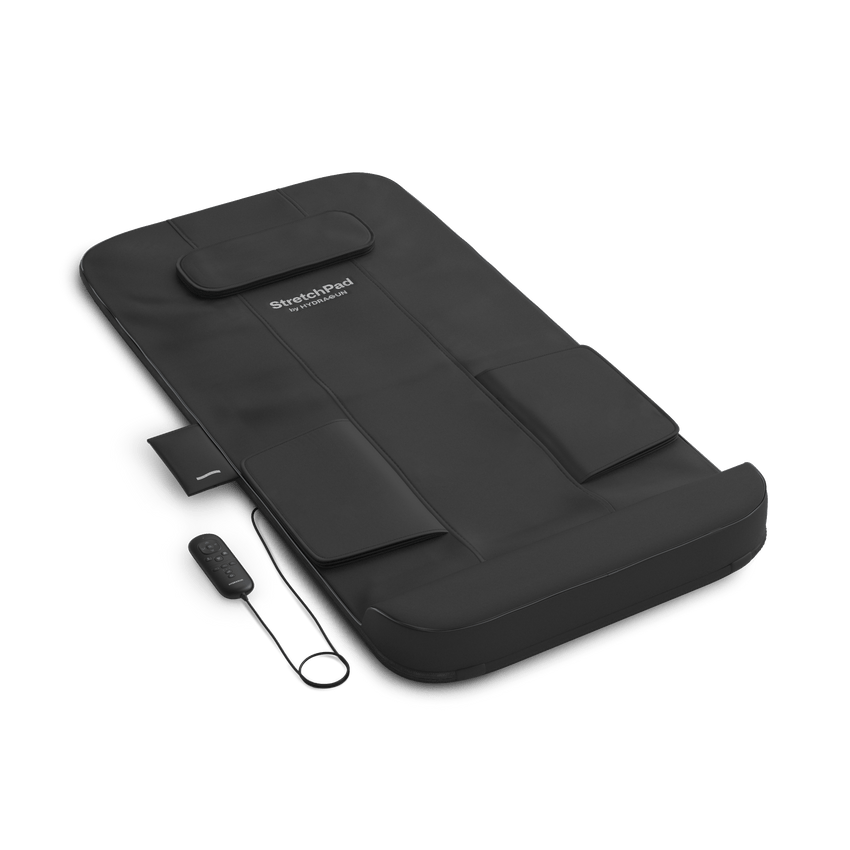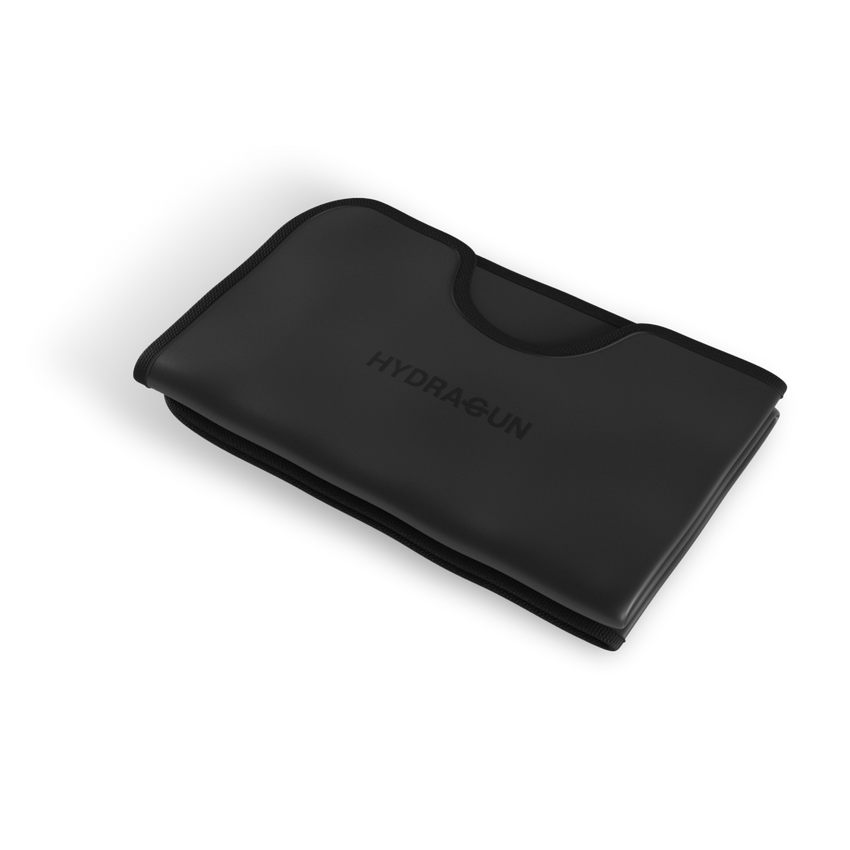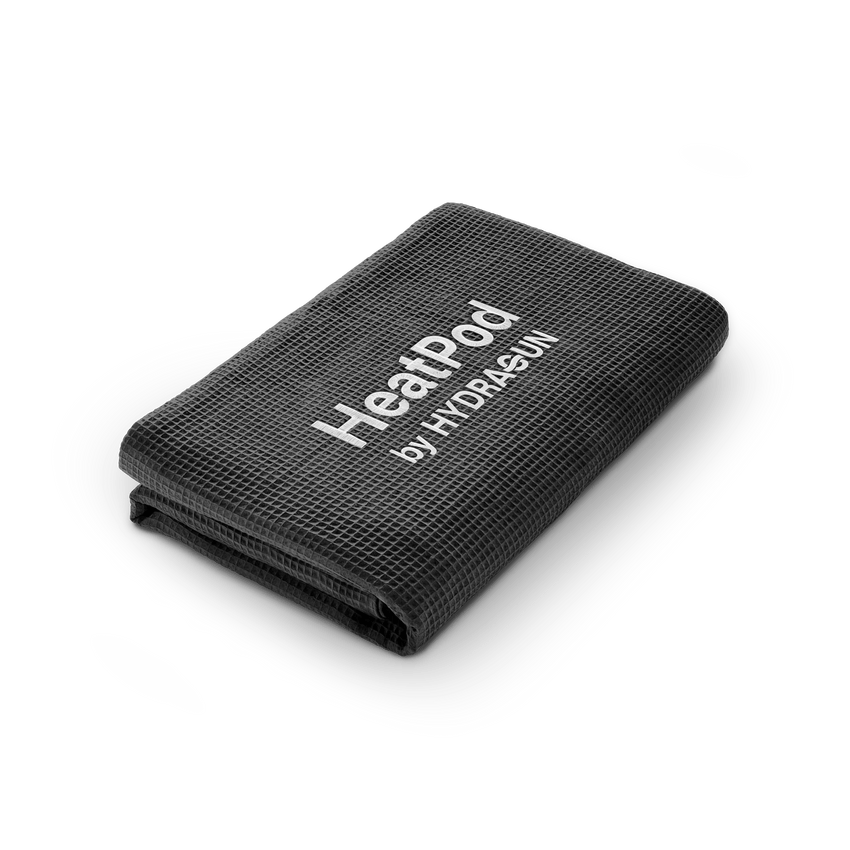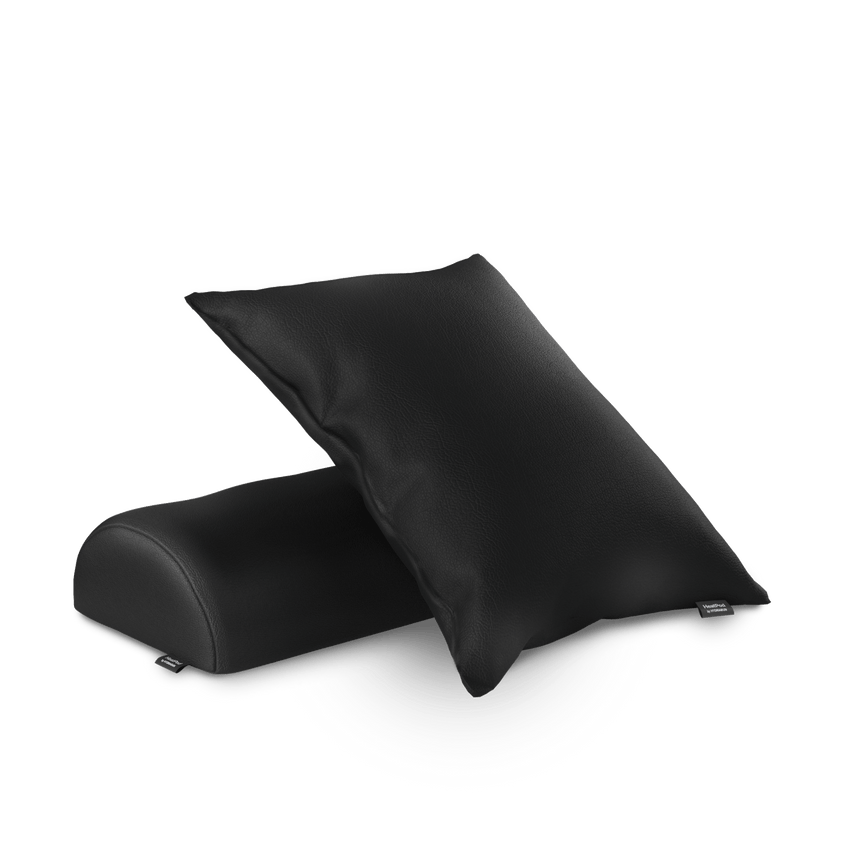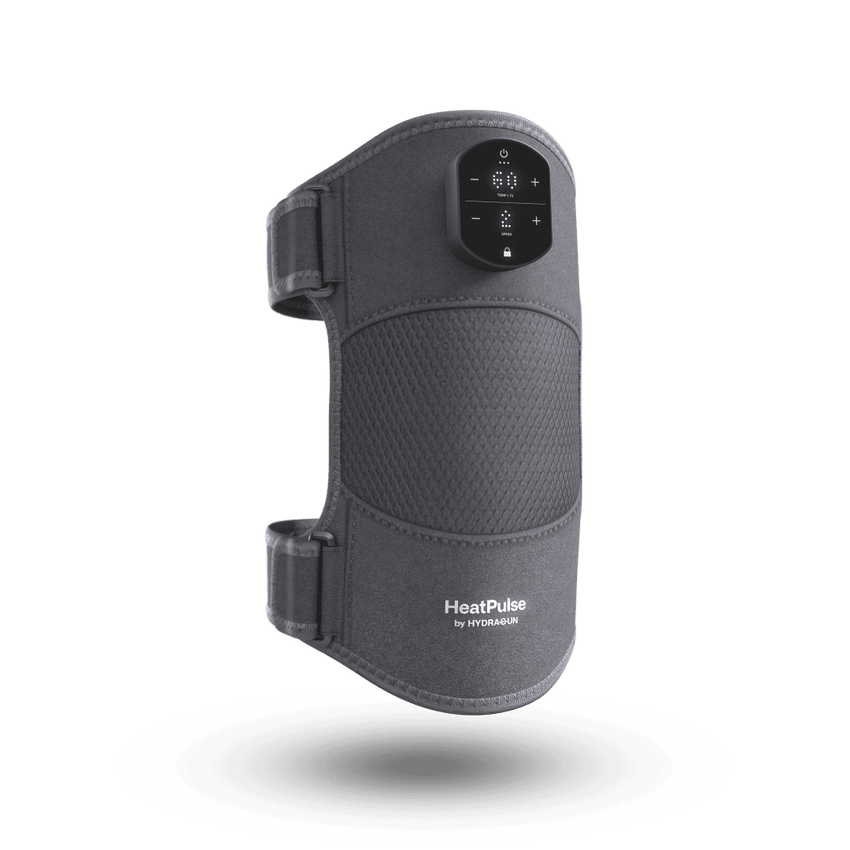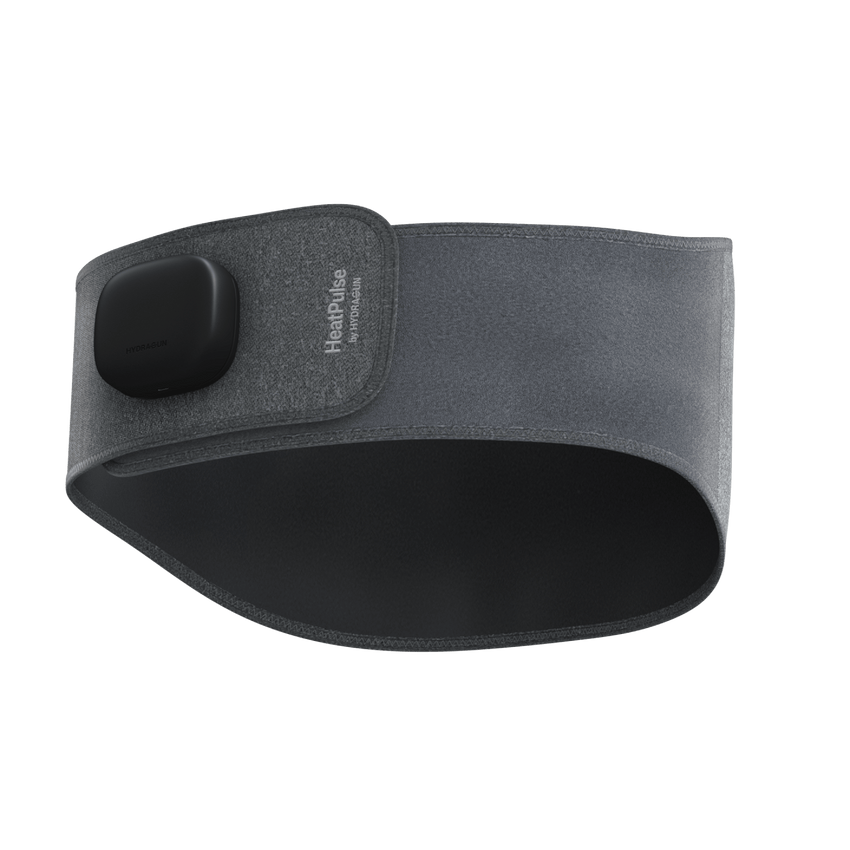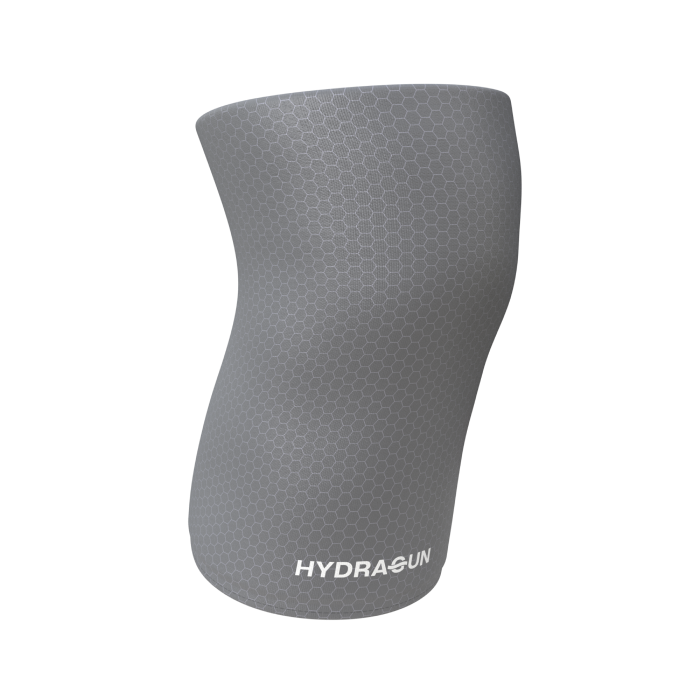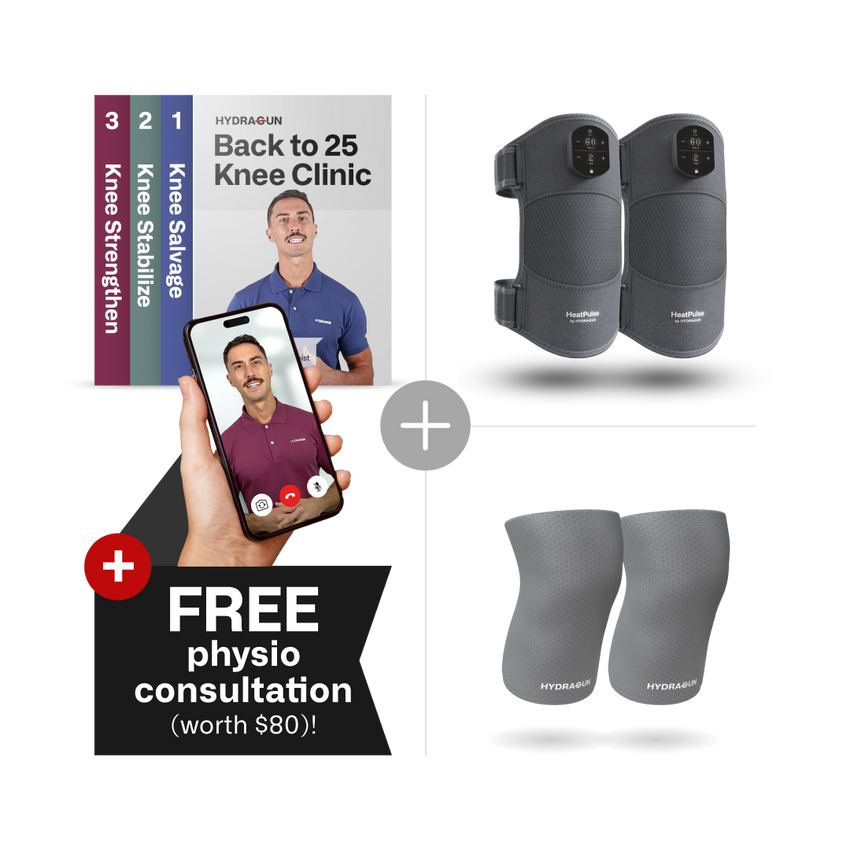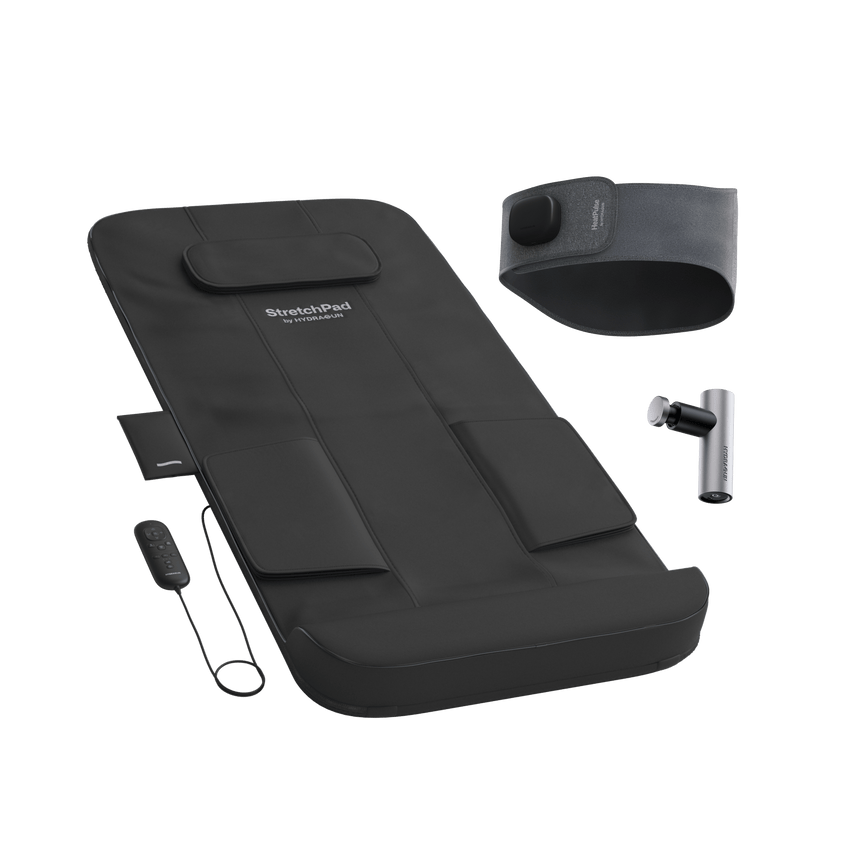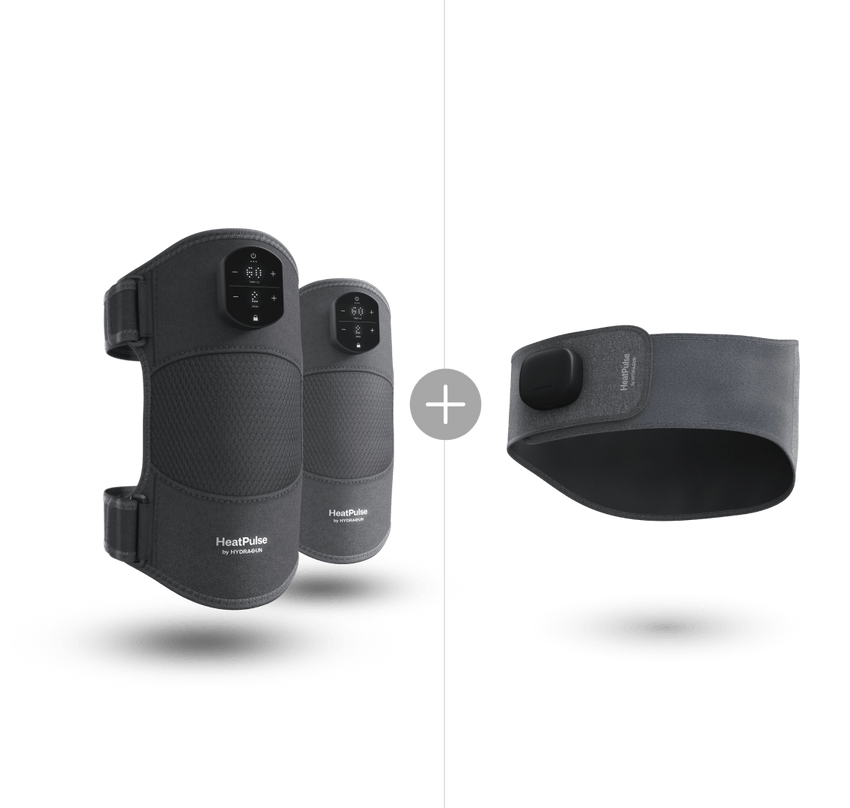We rely on our wrists A LOT. Twisting door knobs, holding our phones up for endless social media scrolling, even typing and eating and brushing our teeth require our wrists.
So what happens when we suddenly start to notice a little crack or a little pop? Sometimes it may be accompanied by pain, sometimes not.
Before you overthink and frantically Google: “why does my wrist crack when I rotate it”, just keep this one thing in mind: it is a pretty common thing and 100% treatable.
But why does my wrist crack when I rotate it?
So, what does it mean when your wrists crack? Let’s look at it anatomically, for starters. The wrists are held together by ligaments and tendons which, upon some form of damage or injury, affect the interconnectedness of it all.
One damaged tendon is enough to throw it off its game and constantly rub over the bone or muscles. That’s what makes the cracking, snapping and popping sounds.

So what are the possible explanations for my cracking wrists?
Sometimes you might wonder, “Why does my wrist crack, but there’s no pain?” The answer might be crepitus, which is a characteristic more than a condition.
The word “crepitus” is derived from the Latin word for “rattling” or “creaking”. An example of crepitus is the cracking of knuckles, which is a sign of the presence of nitrogen bubbles which “pop”.
Crepitus is normally harmless and will not impact your wrist or lifestyle in general. However, do seek medical treatment if you suspect that it signals an underlying problem, or if pain is present. Let’s take a look at the common causes and possible diagnoses of wrist pain. These are usually accompanied by cracking wrists.
Wrist tendonitis
Symptoms: Pain, swelling, popping and grinding noises in the wrist
Solution(s): Rest, splints and compression, stretching exercises, non-inflammatory drugs, occupational therapy and massage therapy after inflammation has subsided. Two common questions associated with wrist tendonitis are, “Does wrist tendonitis ever go away?” and “What happens if wrist tendonitis goes untreated?” Wrist tendonitis, when treated properly (non-surgically), will go away within a few days or weeks. Advanced tendonitis, however, might require months of treatment, especially after surgical treatment. Those suffering from chronic tendonitis may also need to learn how to manage it as part of their lifestyle and routine.
Wrist osteoarthritis
Symptoms: Joint pain, swelling, weakness, limited range of motion and grinding noises when moving the wrist
Solution(s): Hand exercises, splinting, supplements, hot and cold therapy and massage therapy with a percussive therapy tool. It’s easy to get confused between the symptoms of wrist tendonitis and wrist osteoarthritis.
To put it simply, tendonitis is the inflammation of the tendon, while arthritis is the inflammation of joints. Wrist osteoarthritis is more common in aging groups, as it is associated with wear and tear.
An easy way to figure this out is by pinpointing how the pain came about. For example, if the pain around your wrist has been getting worse over a period of time, then it’s probably arthritis. If the pain appeared out of nowhere, then it’s probably tendonitis.
Triangular fibrocartilage complex (TFCC) or extensor carpi ulnaris (ECU) tear
Symptoms: Stiffness or weakness, pain when moving or touching the wrist, swelling, limited range of motion and a clicking or popping sound
Solution(s): Immobilization, physical therapy, light compression, splinting or deep tissue massage. TFCC and ECU tears are hard to differentiate. This is because injuries here tend to involve the same group of ligaments and tendons around the wrists.
However, the most common symptom of a TFCC tear is pain on the outside of the wrist when it is touched or moved, and the reduced ability to grip. An ECU tear, as explained by Dr. Ross Hauser at Caring Medical, involves the ECU tendon (which is on your pinky side).
It is one of the major tendons in the arm that connects and allows muscle movements of the forearm to the wrist such as rotation, extension and flexion. Sudden forced rotation or hyperextension tear the soft tissue that keeps the tendon in place at the wrist, which then throws the ECU tendon off-kilter as it snaps or clicks its way in and out of its natural place.
In short, you know you have a TFCC tear when there is a loss of weight-bearing tolerance. On the other hand, it’s an ECU tear if you have pain to touch at the insertion of the ECU at the back of the hand when the wrist deviates towards the forearm.
De Quervain’s Tenosynovitis

Symptoms: Pain at the base of the thumb/wrist, painful clicking and popping, swelling around the irritated area of the wrist, burning or tingling pain over the tendons.
Solution(s): Splinting, anti-inflammatory medicine or deep tissue massage. De Quervain’s tenosynovitis, otherwise known as De Quervain’s tendinitis and “Gamer’s Thumb”, is an inflammation of the tendons that extend the thumb.
This condition can be caused by a number of things such as repetitive motions of the thumb or wrist (especially in e-sports), fractures, or a tight cast.
However, mothers caring for small children may also experience this type of pain-inflammation (called Mommy’s Thumb), due to an improper technique of lifting infants -- usually by placing their thumbs in their child’s armpits.
This puts a lot of strain on the thumb and tendons of up to 50% of new mothers, and the pain is usually described as “a sharp, shooting pain starting at the thumb, through the wrist, and darting up the forearm.”
Wrist flexion pain, Carpal Tunnel Syndrome, repetitive motion injury or wrist sprain
Symptoms: Wrist pain when bending back, popping sounds, loss of strength, numbness and muscle spasms
Solution(s): Rest and elevation, splinting, ice pack, hand exercises and massage therapy. Wrist pain may vary depending on the cause. Plus, typing out a query like “What does it mean if your wrists hurt when you bend it?” will yield many different answers.
A sudden impact such as falling on your wrist will cause wrist flexion pain, wrist instability, injury or sprain. However, even a heavy keyboard user is at risk of developing wrist pain caused by Carpal Tunnel Syndrome.
Be sure to take note of how you sustained your wrist injury before deciding on a solution. This would also be helpful when supplying your doctor with enough information.
If you’re suffering from Carpal Tunnel Syndrome, massaging the affected area with a deep tissue massage gun like the Hydragun will work as an at-home treatment. Check out the video below for some pointers:
When to see the doctor
Most cracking, popping or grinding of the wrists may be harmless and may go away on its own. However, your best bet is to always seek a doctor’s advice, especially if you’re experiencing chronic hand and wrist pain. If you’re unsure of your own diagnosis or how serious your wrist pain may be, seek medical treatment. Some signs that you should make an appointment ASAP include:
- Wrist pain that occurs at night or while resting
- Pain that persists beyond a few days
- Aggravated pain with repeated use or irritation
- Signs of an infection, including fever, redness, warmth
- Any other unusual symptoms
Tips on how to strengthen wrists
Performing frequent wrist stretches and exercises will not only keep the wrist muscles flexible and strong but will also increase the production of synovial fluid, which lubricates the joints and improves their function.
For preventative measures and pain management, here’s what you can do:
- Wear protective wrist gear whenever possible
- Build bone strength by including a sufficient amount of calcium in your diet
- Do wrist warm-up exercises whenever needed
- Relax and massage the wrists as often as possible, preferably with a massage gun
Avoid wrist injury and manage pain with Hydragun
Now you know all the possible answers to the question "Why does my wrist crack when I rotate it"! Moving forward, it may be worth investing in a deep tissue massage gun like the Hydragun -- especially if the cracking is accompanied by pain. It can stretch the muscles and provide relief whenever and wherever.
This, of course, should be coupled with frequent and regular wrist exercises. Doing this can help you strengthen your wrists and protect them from potential injuries.







